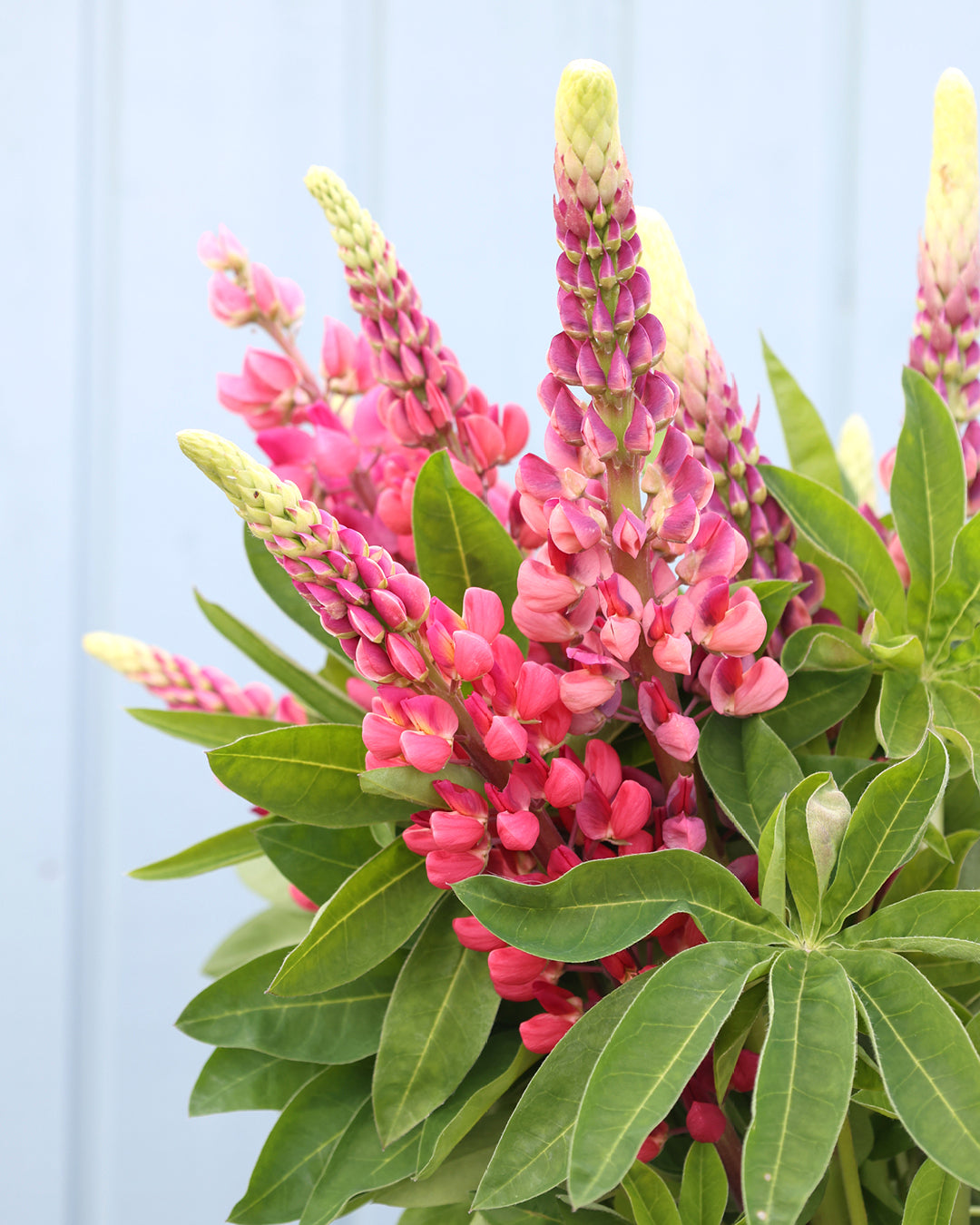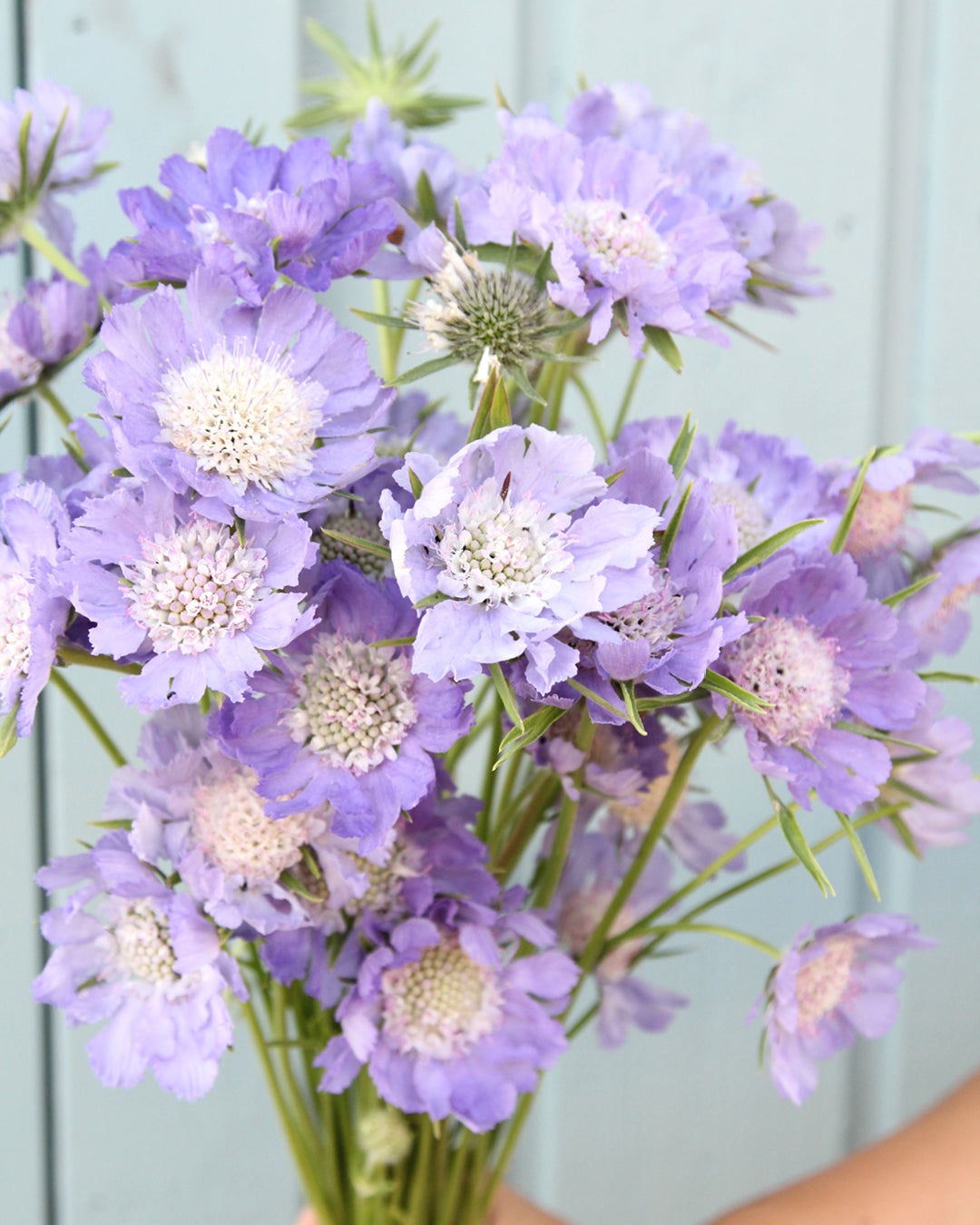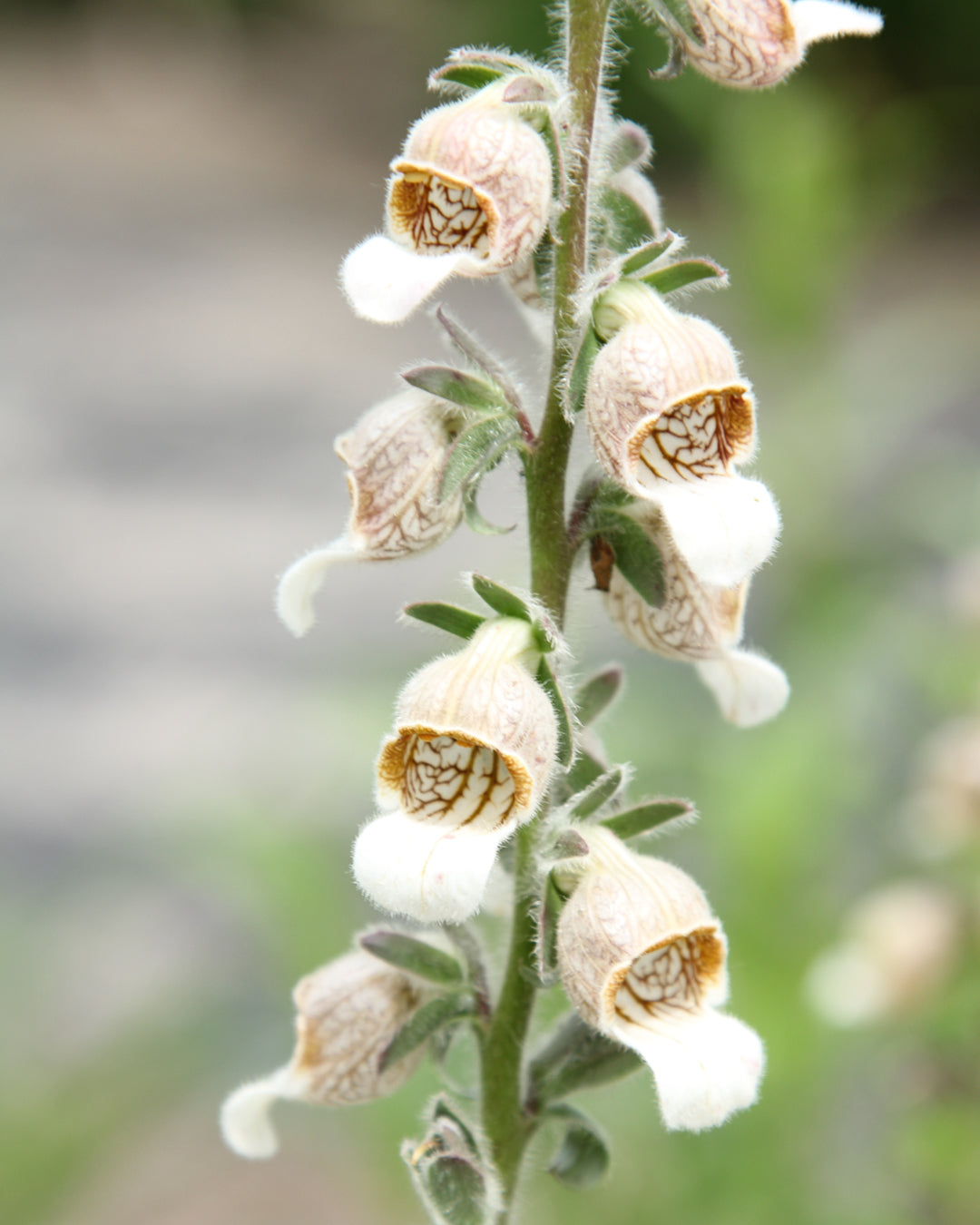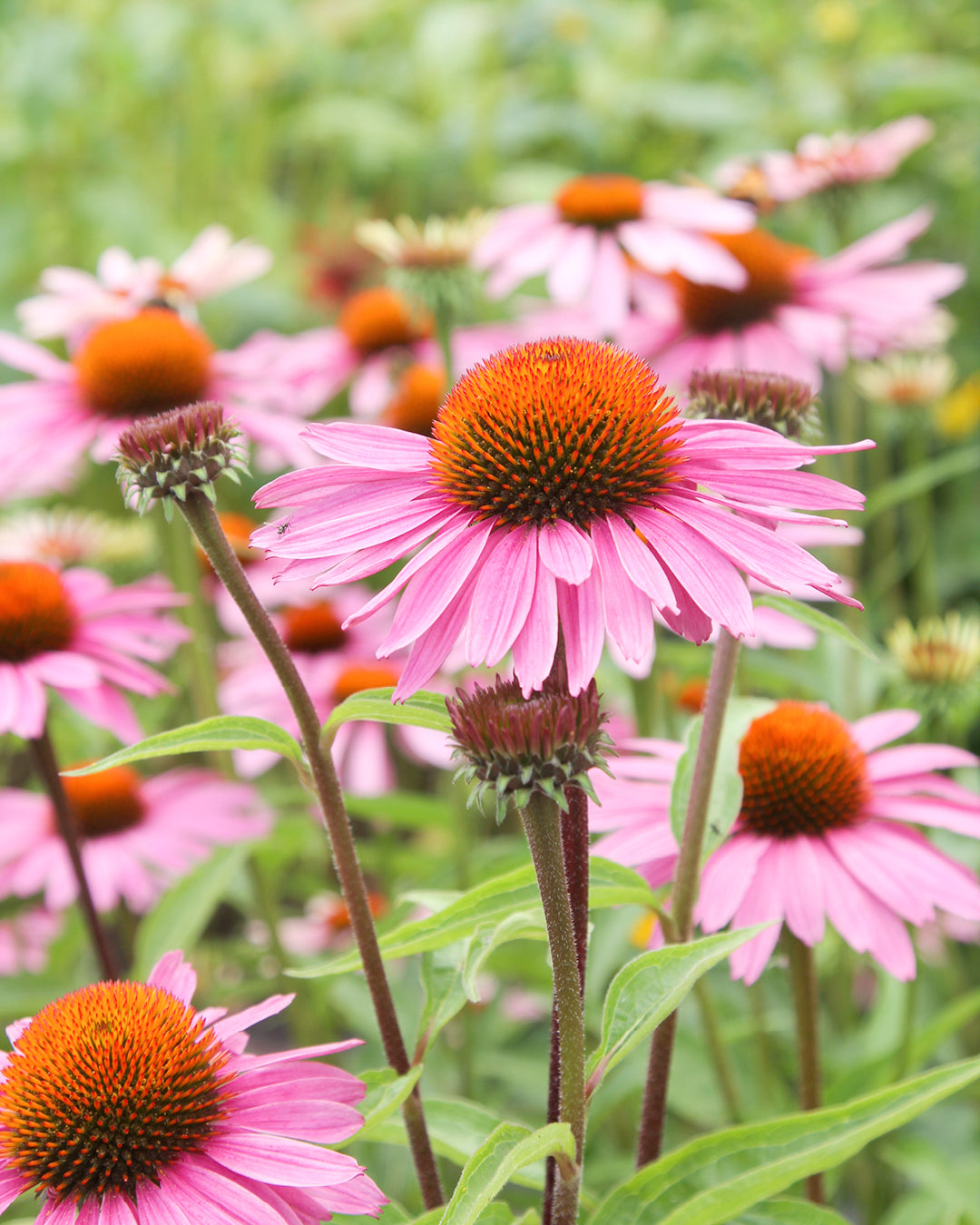Planting perennials
Transplanting or creating new perennial beds is stressful for the plants. Therefore, timing is extremely important for perennials. If you relocate or plant your perennials during their active or growth phase, for example, you risk significant disruption. In the worst case, the plant may not recover from the stress and die. To avoid such mistakes, we've compiled some important information for you.

Rest phase
The dormant period of plants begins in late autumn and extends into spring. During this time, the winter half of the year, they have retracted their above-ground parts. This time is best for transplanting and planting perennials.
Container perennials
Most perennials arrive in containers and individually in pots. They're easy to plant because their root systems are already well developed, and minor damage, such as those that might occur when pulling them out, doesn't have major consequences. They can be planted year-round, although spring and fall are the best times.
What needs to be taken into account?
The summer months are not particularly suitable for planting, as the intense sunlight and dryness are pure stress for perennials, and these conditions are difficult for plants to compensate for. Planting in frozen soil during the winter is also never recommended, as the roots cannot develop and spread throughout the soil. Furthermore, the soil must not be too wet, as waterlogging leads to root rot. Dry soils, on the other hand, are not a problem; you just need to make sure that the perennials are watered properly after planting.
Transplanting perennials
Perennials should only be transplanted in autumn and spring, as this is when they are at their most vital and can compensate for minor damage. In autumn, perennials prepare for the approaching winter and cease their growth. With late-blooming plants, which only open their flowers in autumn, you must wait to transplant them until they have finished flowering and their leaves have gone dormant for the winter. Spring is even better for planting and transplanting, as temperatures are milder, the soil is drier, and nature begins to unleash its full power. You can plant until the perennials begin to sprout and develop stems, leaves, and flowers. Since this is when the plants' active growth phase begins, you should leave them alone and wait until autumn again.
Bare-rooted perennials
As a rule, perennials are only sold in pots and are rarely found in bare-root form. As always, there are a few exceptions to this rule. Peonies, irises, and lilies are such exceptions. When purchasing, make sure the roots are not dry, diseased, or damaged. Bare-rooted perennials can be planted in the ground immediately after purchase.

Exceptional planting times
There are also perennials that should not be planted in spring or fall, or only in one of these two seasons. Iris hybrids, for example, should be planted between August and November, i.e., mostly in summer. Grasses should only be planted in spring, as they no longer have enough time to develop new roots before winter sets in and thus do not grow. Peonies and Turkish poppies, on the other hand, are best planted in autumn. Lilies are bulbous perennials. Their bulbs are particularly delicate and do not store well, so they should be planted as soon as possible after purchase. If they do need to be stored, they can be kept for a short time in moist sawdust.
When do perennials need to be divided?
Many bedding perennials change over the years. They become bare from the inside or their flowering activity decreases. These are sure signs that division is necessary. For bare perennials, dig up the plant with a digging fork or spade, separate the young, fresh shoots, and replant them. The bare part can be disposed of in the compost. If the flowering decreases, simply divide the root ball and replant the two parts separately in the compost-improved soil.
TEXT: Swantje Holtmann
















